Scorn’s development story began with its announcement on November 12, 2014. It was revealed to be the first release by the new Serbian developer, Ebb Software, founded in 2013. Viewers knew it would be special even with early alpha gameplay, depicting flesh-based weaponry, scenery, and creepily intricate animations. As the years passed, fans got more glimpses at the game in an increasingly grim but gorgeous fashion, until the Xbox Showcase in June 2022, restoring fans’ hopes to see the game released. Before I knew it, Scorn had arrived, and it quickly got under my skin.
What Kind of Game is Scorn?
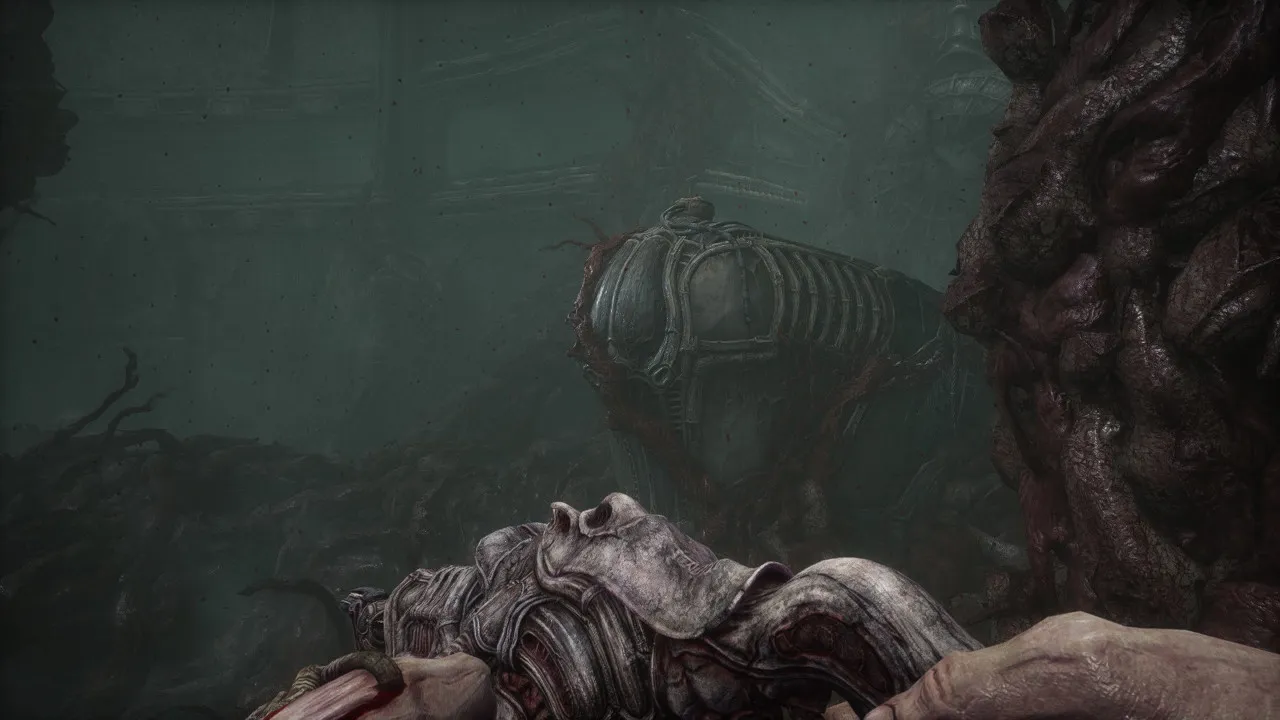
Scorn is a survival horror shooter with puzzle and adventure elements. The game features environments you can explore at your own pace but is built specifically in a world that’s meant to be experienced as much as it is to be played. You have limited health which does not regenerate, and limited ammunition caches when you have weapons available, and the game is built to enable you to avoid combat when necessary.
Scorn is linear and concise, but is entirely unguided, with minimal UI elements to allow for as much immersion as possible. Early on, you are presented with a significant choice to make, and the results are jarringly opposite to how they seem, but ultimately don’t affect the ending — there is only one end. The choices you make in Scorn revolve around ammunition and health in relation to combat situations — the more you avoid them, the more supplies you preserve. There is no dialogue, with the intent for you as the player (an unnamed protagonist) to understand the world around you and discern the message of the game’s story.
In terms of horror genres, the game sits nicely in a blend of Biopunk and Body Horror, with less focus on jump scares and thrills, and more on surrealism, disquieting notions, and disturbing violence. Given the Body Horror genre’s pedigree as some of the most gruesome images put to any medium, it’s familiar ground, but don’t go in expecting it to be fodder for streamers to feign terror. More than anything else, the game is loaded with commentary, and geared toward immersion, featuring powerful audio/visual storytelling.
I Have No Mouth, and I Must Scream
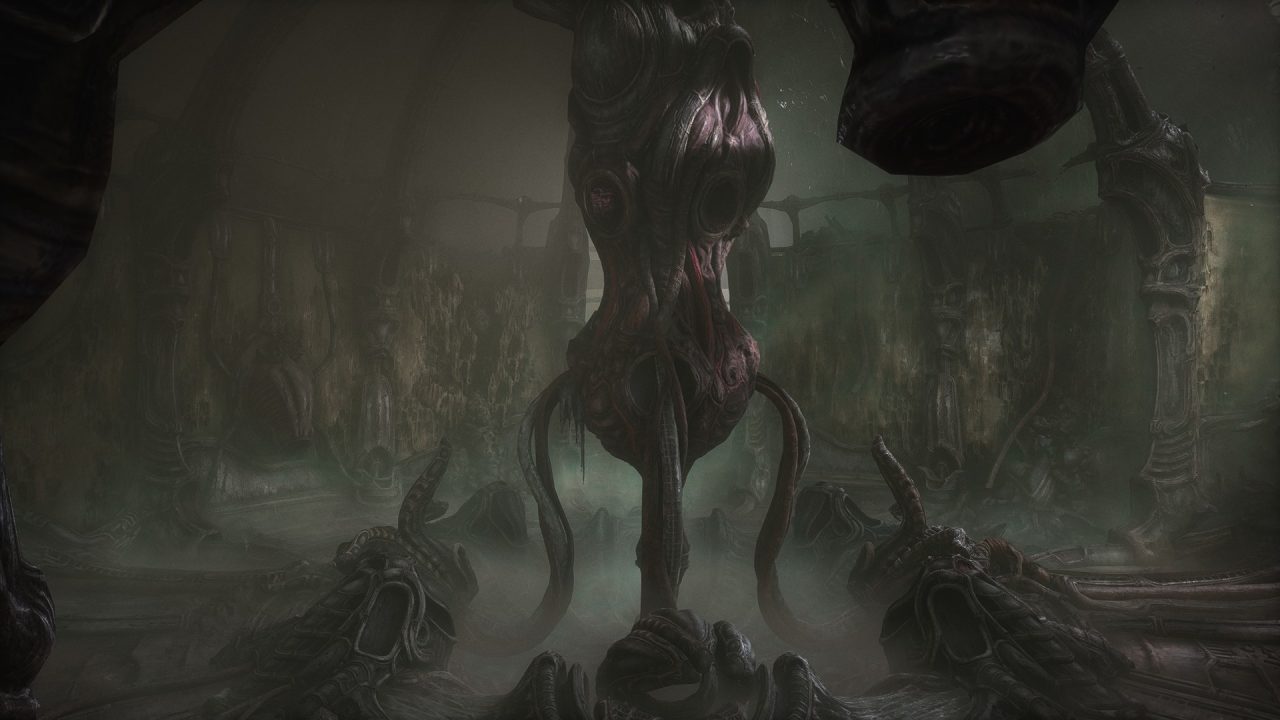
I began playing this game having a vague sense of what to expect, knowing that it featured weapons reminiscent of Cronenberg’s Existenz and level design heavily inspired by the artwork of H.R. Giger, but the most intriguing hook was the absence of dialogue. Dialogue, in-game documents, and general exposition can sometimes serve as a crutch for a superficial narrative with a lack of originality. Naturally, a game without any of these features is a risk of it falling flat, but Scorn dodges this concern.
My first instance of how this would be conveyed was in releasing a creature from the game’s first Act, affectionately named the “egg friend.” The egg friend is torn from his casing, a humanoid firmly encased in a pod, attempting at guttural sounds, making eye contact with me as the protagonist, while pounding on his biomechanical cage, wishing to break free. It was so powerful and endearing that I could not help but seek out the next step in the puzzle, releasing him.
In the moments leading up to it, I felt as though I was doing this creature a service, seeing one final glimpse of him looking back at me while being brought by a crane I was operating to his seat, only to encounter a cruel fate. For the first time in a long time, I had instantly built a sympathetic bond with an in-game creature, only to instantly betray their trust.
Be Afraid, Be Very Afraid
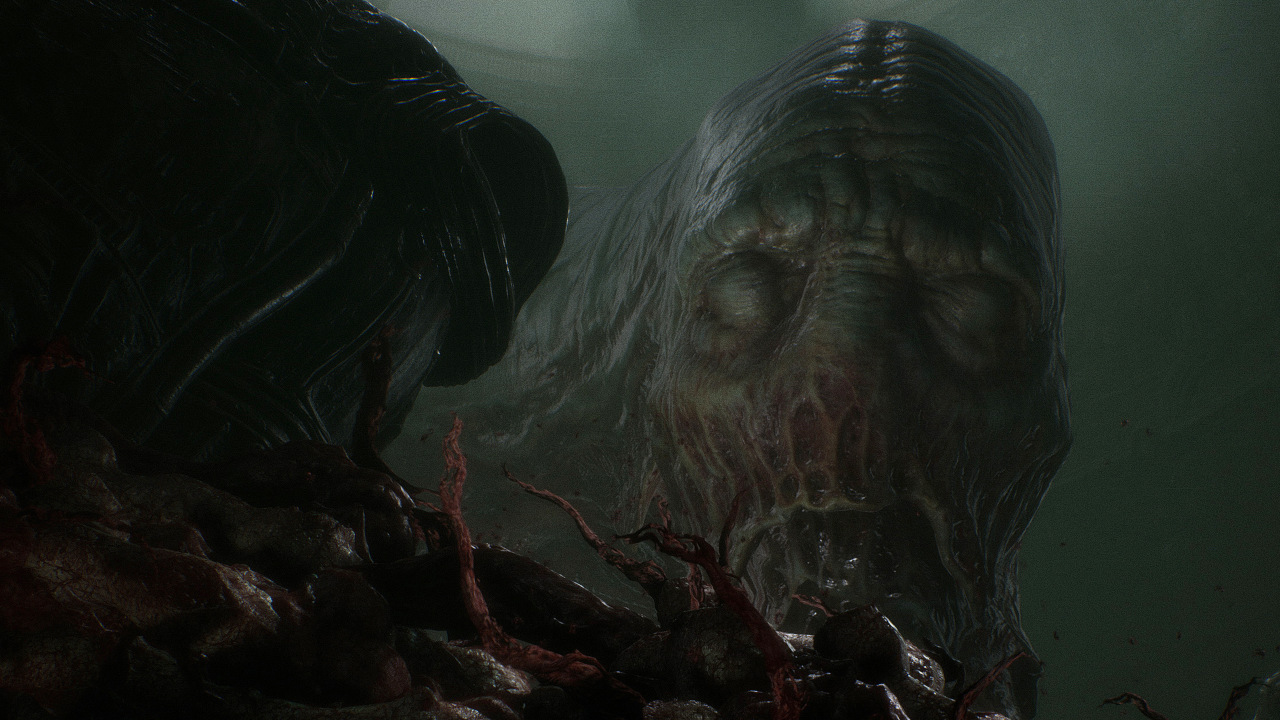
Scorn’s body horror elements, from the biomechanical structures including elevator tracks resembling vertebrae, to the skinless, patrolling enemy creatures, to a deadly parasite that bonds with you in the game, all create a sense of unease. The game has a macabre atmosphere, and the absence of a map makes navigation more stressful, especially if you’re trying to avoid combat after dodging an enemy mob. But the most persistently upsetting element is a parasite that bonds with you early on.
Scorn’s parasite latches onto you violently in the start, burying its limbs in your abdomen, yet it still gets worse. Over time, your character keels over, with the parasite’s growths bursting from various parts of your body, resembling fungal stroma, but your health bar doesn’t appear to drop. This signifies a violent symbiosis, but one where you’re kept alive and transformed, gradually and painfully.
One of the worst things to consider while exploring the world of Scorn is that I was turning into a greater monster than my opponents. This is conveyed in how the enemy creatures interact with you as the player: they don’t hunt you, but rather, they patrol their own areas, defending their territory. You are the most aggressive creature in almost all encounters in the game, and no more is this the case than when you encounter a massive, lumbering beast resembling a mother protected by her offspring, wishing only to be left alone.
The Visuals

The visual design of the game is the primary hook for many, including myself. The world looks and feels like one designed by the late Giger, down to the hallways seemingly bearing ribs and overtly sexual imagery rendered in the devices, designs, tools, and even creatures. The game world is varied, from the foggy perils of the mysterious subterranean labyrinth to the curiously ruined yet magnificent final area.
The animations were particularly striking in this game. The weapons and enemies are lively, but not to any extremes, to the point of distinctive gun reload animations featuring convulsing flesh. The game stays aggressively true to the biomechanical concepts, with consoles as simple as elevator panels being distinctive yet clever, resembling muscles and tendons that you pull like a lever. You don’t gaze into lenses to change camera views, either, and in some cases, you look through a membrane reflecting the area you need to see. Even shotgun ammo looks upsettingly like testicles.
The level design is so good that I could attempt to pass off screenshots as art. It speaks just to how striking the world is, which helps if and when you get lost in your first playthrough. What’s more impressive is that the world seemingly communicates to you, the player, in how it reacts to your presence. It doesn’t hurt that the enemy and NPC designs are exceptional and creepy too, highly distinctive, yet lacking any names, leaving it up to you to name them.
The Sound

Scorn has some pretty exceptional sound design, making minimal use of melodies in its soundtrack and focusing on rendering ambiance. When you’ve made progress, music might start to swell, and the moment’s emotion carries you to the next area. Despite flesh being so dominant in the world’s design, it’s oddly comforting to hear the grinding of machines when you open doorways or operate terminals that aren’t intended to resemble vulvas.
Another clever use of sound plays into the earlier point about dialogue. Since there is no dialogue of any kind, the guttural sounds, squeaks, bellows, etc. are all that seem to indicate the types of creatures you’re interacting with. You don’t hear them make noise from a distance, but only when you approach. The smaller creatures, resembling skinned chickens, emit a sort of chittering sound when you approach, before firing projectiles. The medium-sized resemble dogs in their patrol and mannerisms. The larger creatures that patrol the underground areas grunt or huff like bulls, and you can get an idea of how each of these characters protects themselves.
Content Warning: Disturbing Violence and Adult Themes
The Themes
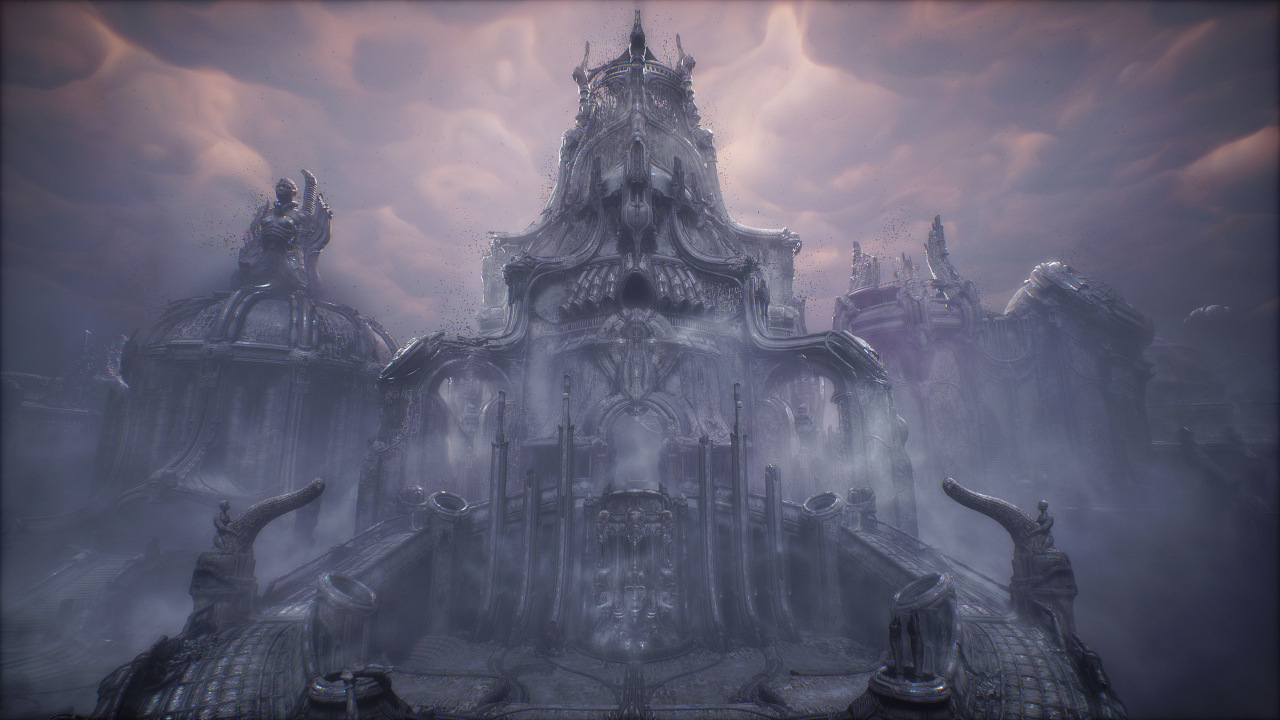
When I set out to play this game I knew I’d be exploring several themes, namely sexuality in multiple forms, and Heideggerian existentialism. The sexual themes are certainly the more overt of the two, but also more numerous and ubiquitous, whereas Heidegger’s themes are more of an ongoing, singular experience.
The themes of sexuality in Scorn start with Freudian imagery including the plethora of phallic or yonic objects throughout the game. Your primary gun weapon is a penetrating bolt gun that you stick inside yonic consoles to open gateways; the opening acts feature a pretty clear reference to insemination. There’s even a console puzzle that looks like you’re aligning rings to what appears to be a clitoris. The parasite tears at your abdomen and draws some macabre ectopic pregnancy images, and even when separating it from you you’re left in a near-death state.
Some of the most endearing creatures in the game are tied heavily to sexuality in terms of reproduction as well. One creature emerges as if newly born, with long skinny legs too lanky for a graceful rise, eventually standing up similarly to a baby calf mere moments after birth. To progress through one area, you must cut open incisions which clearly resemble c-sections. But for those familiar with H.R. Giger, the game’s primary visual influence, you should know that his work was also highly surreal and laden with sexual imagery.
Themes of sexuality are often about so much more than mating, and Scorn explores the darker implications of it, along with the grim sides of parenthood and legacy. The ending, which will certainly be open to interpretation, seems to imply a cyclical nature to your legacy, while also suggesting any attempt to transcend your sense of being is futile.
The Heideggerian elements present in this game are subtle: you as a character are thrown into this world that seems as alive as you are. Your lack of understanding as to what your character’s existence means in the world is intentional and preferable to the character being aware. Your status as an individual in this game is certainly clear, as you operate alone and fully independent, in a state of Dasein or human existence, being present in a world as much as the world is part of you.
The Issues

I found very few issues, surprisingly. The developers kept a keen eye on any potential bugs and even patched out one I had noticed in the later phases of the game, where a weapon would glitch out of your hand. But what was astounding is that I’ve not got the most advanced hardware around — running it on Windows 10 with a GTX 970, and this game is phenomenal in its design, so more advanced PC’s from this decade and the Series X can easily handle this. This was a game honed during nearly a decade of work, so there’s no surprise that plenty of patience and love was put into it.
The Verdict
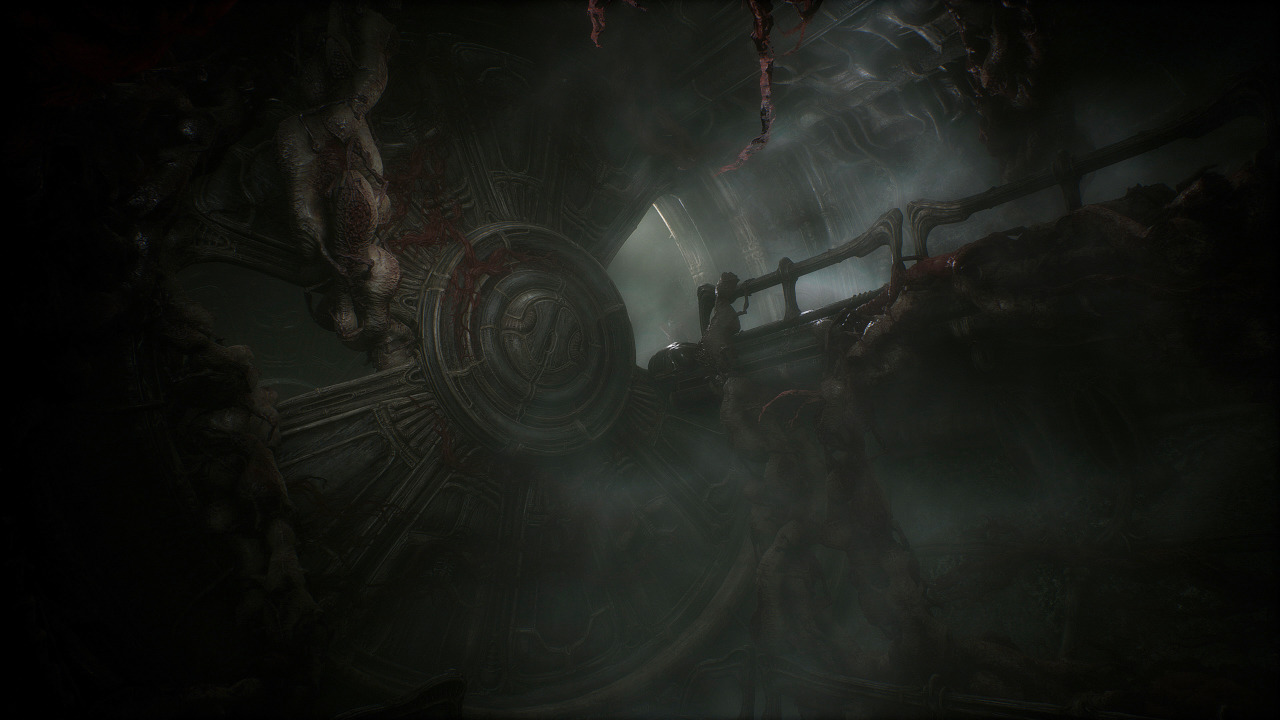
Scorn is a special experience for anybody looking to have their expectations subverted for what a good horror game can be. It is a gory, surreal, provocative dive into difficult or even taboo topics, and is wonderfully crafted, and near perfectly optimized. The game’s themes and visuals are challenging and extremely mature, but executed with marvelous subtlety. The game is a technical marvel and concise as any horror game should be, so as to not overstay its welcome.
Despite the game being relatively short, with the average runtime being 7-10 hours, while some speedy players could finish it in around 3, it’s a game best played through and discussed in greater detail. It’s meant to be interpreted by those who experience it, and not in a lazy, Neil Breen-style answer of “why don’t you tell me what you think it’s supposed to mean.” Scorn is the most interesting biopunk or body horror title in recent memory, and the sheer value of it going to Game Pass on Day One makes it a must-play.


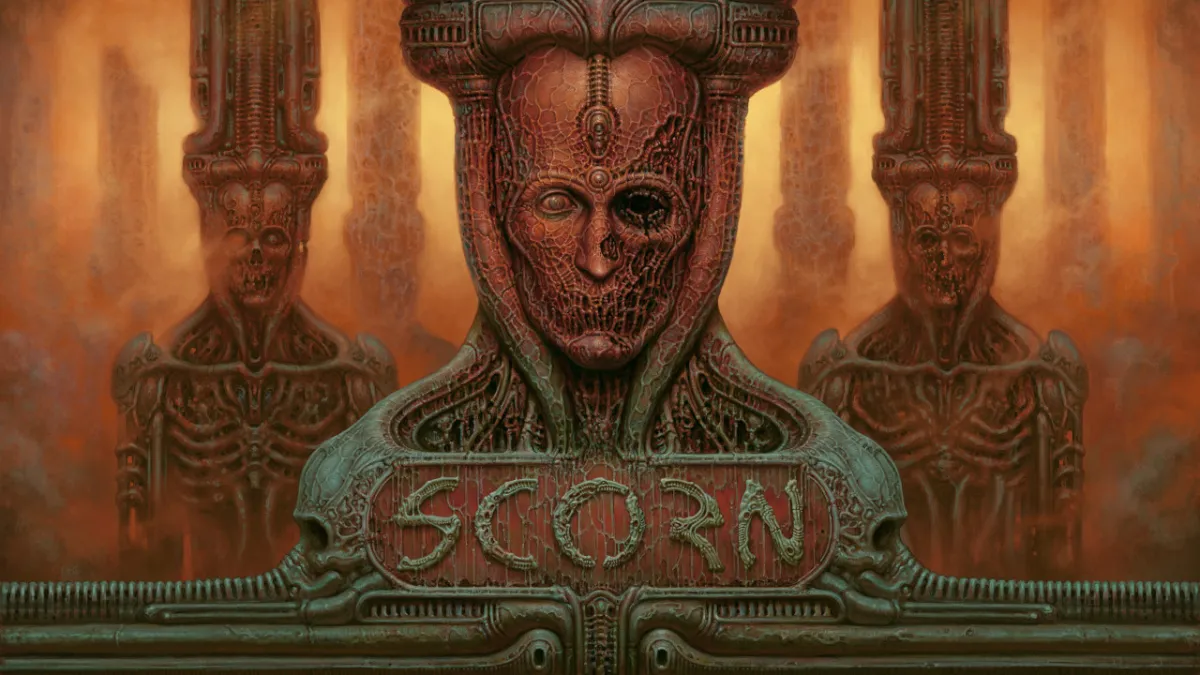

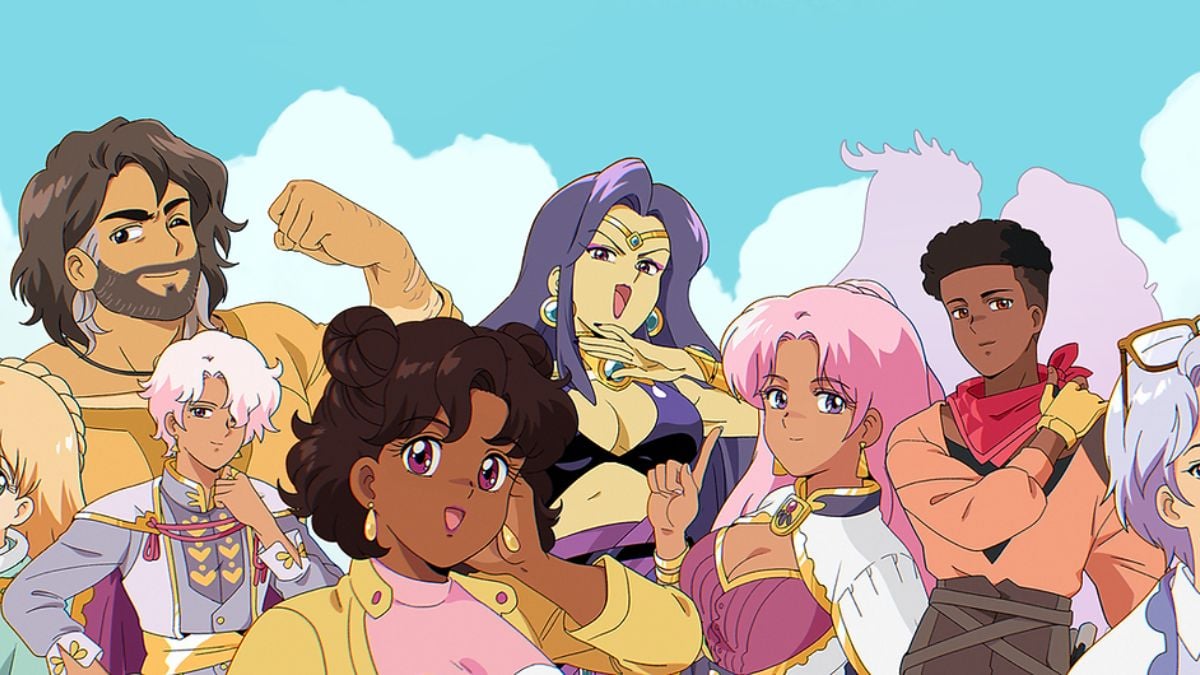
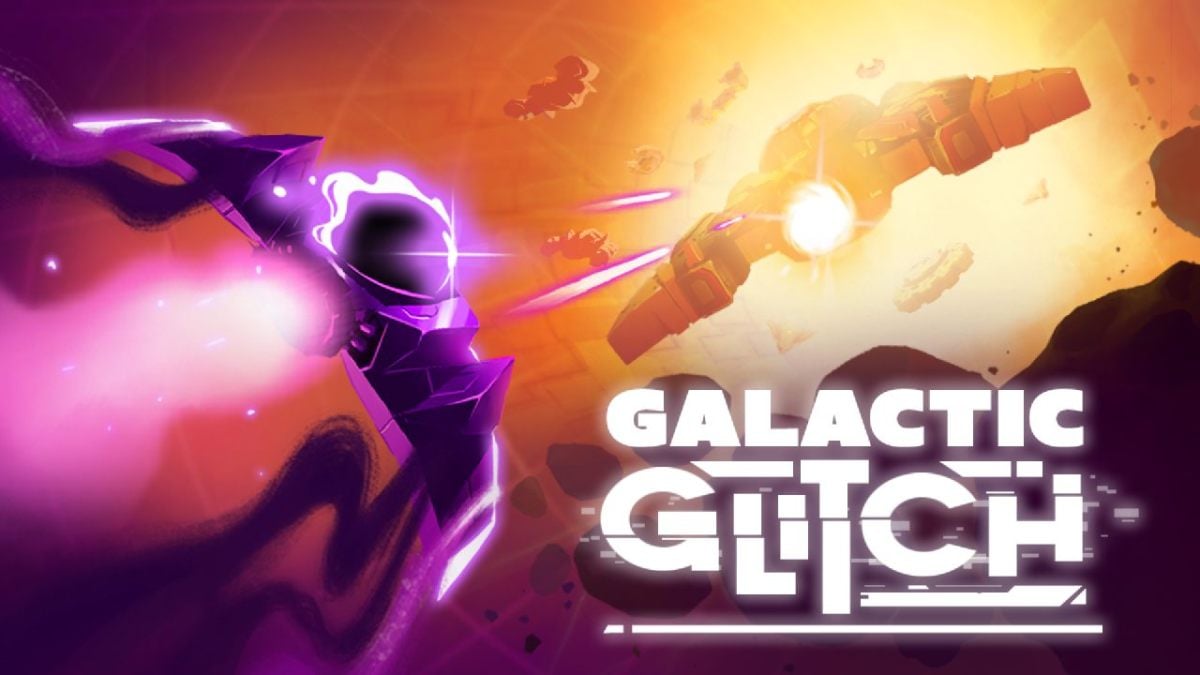
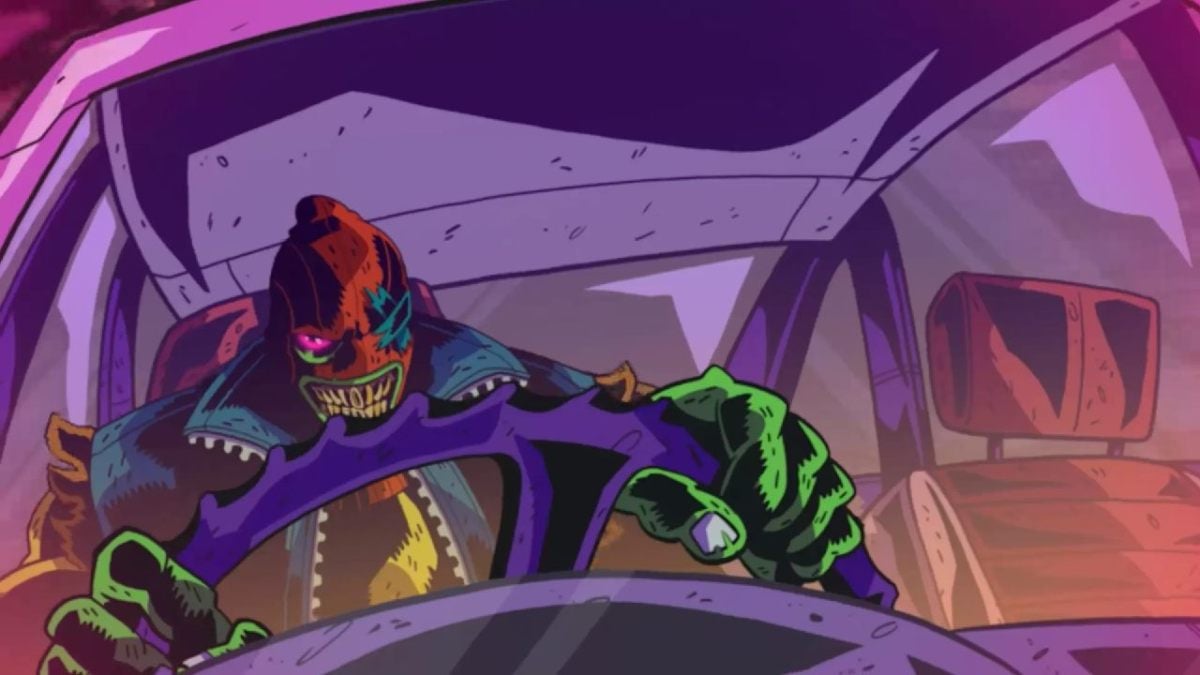
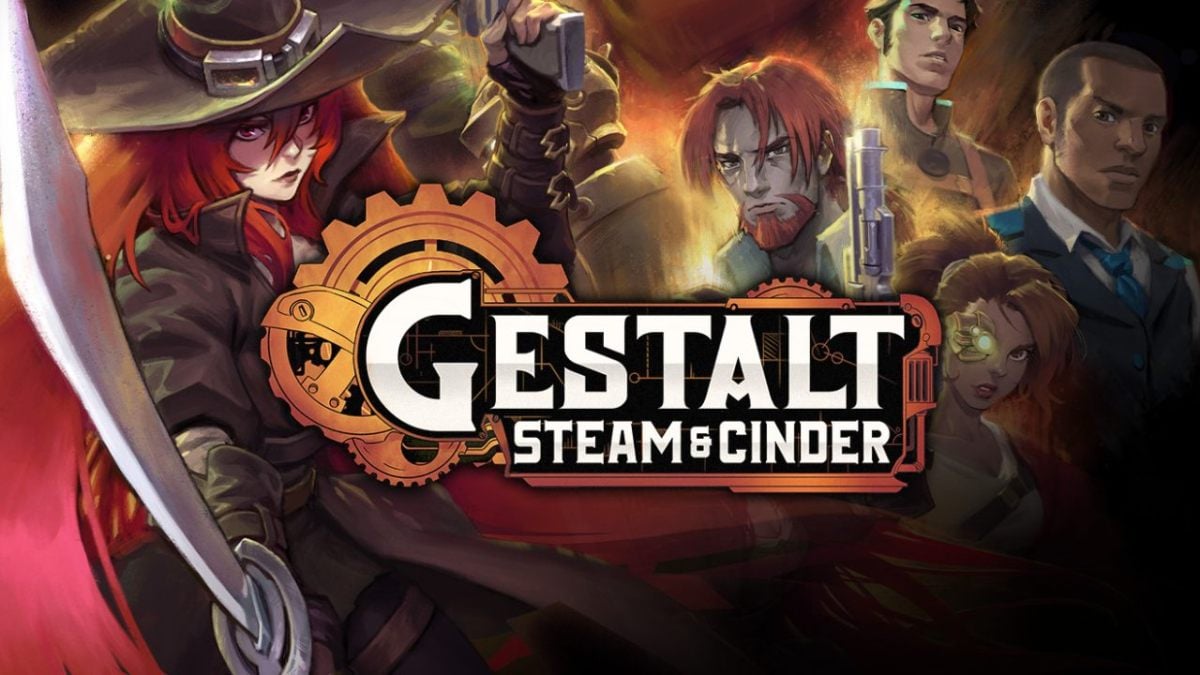
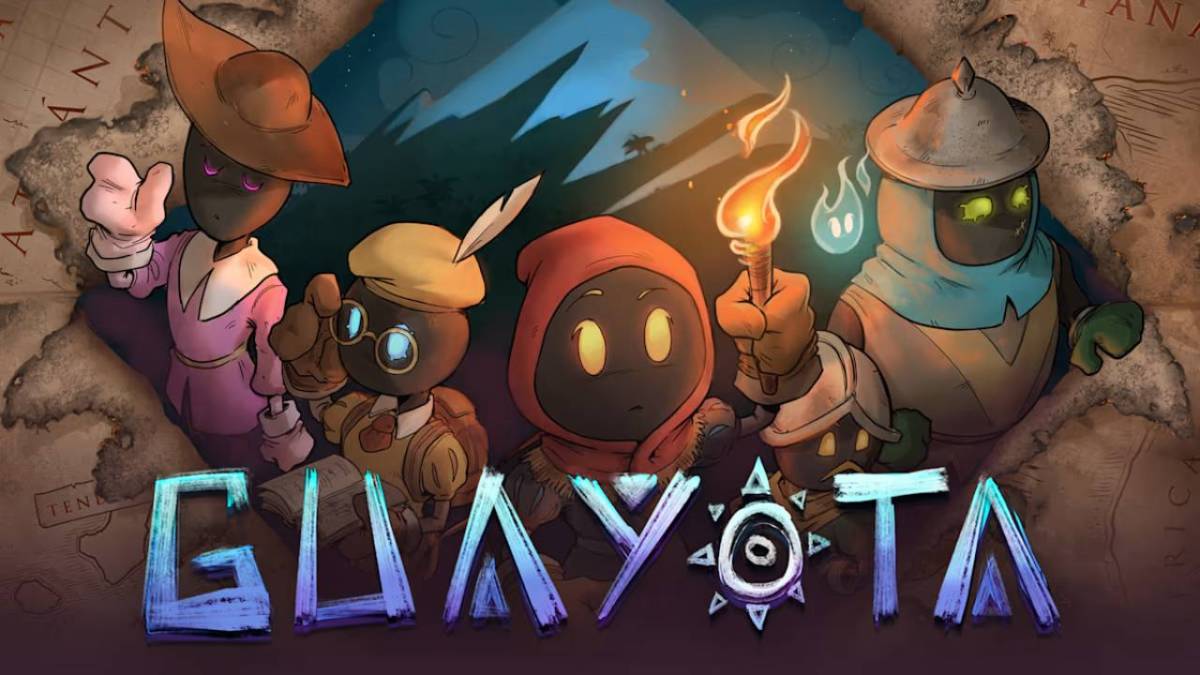

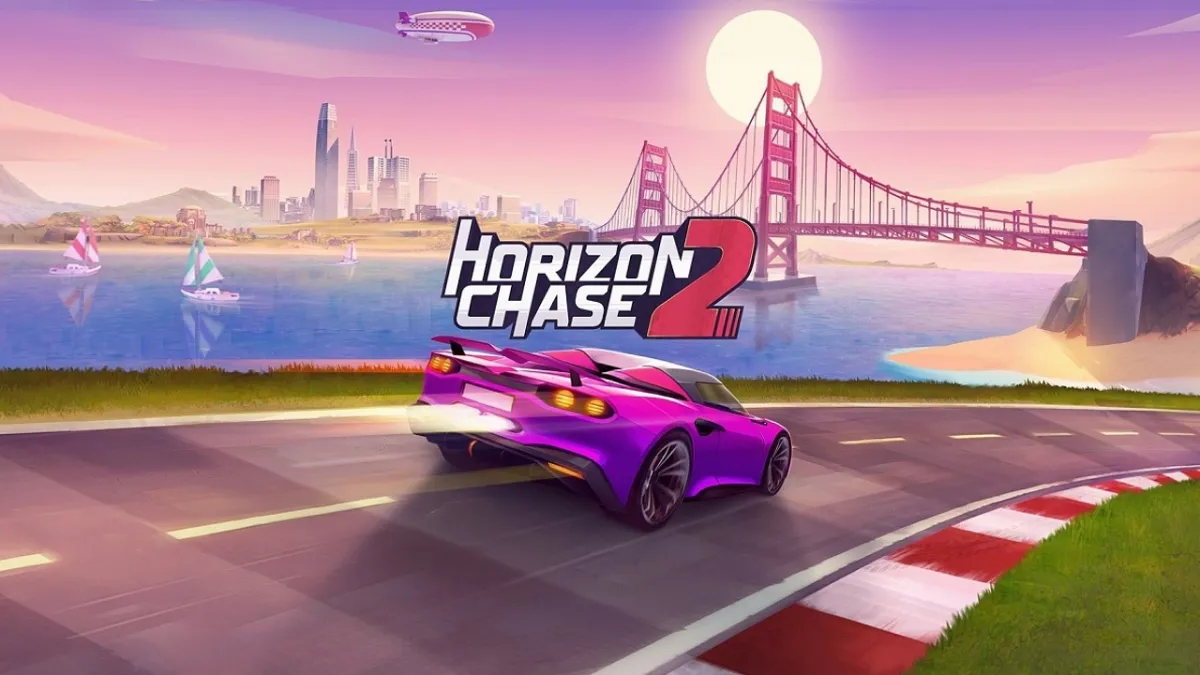

Published: Oct 14, 2022 05:00 am